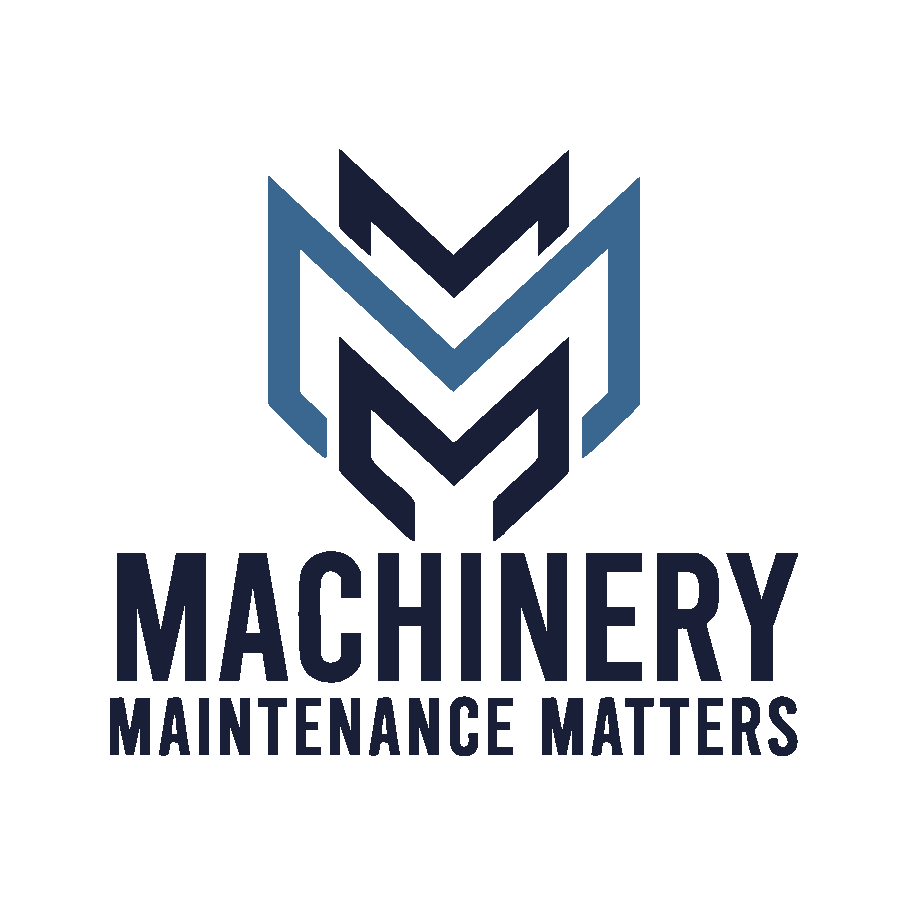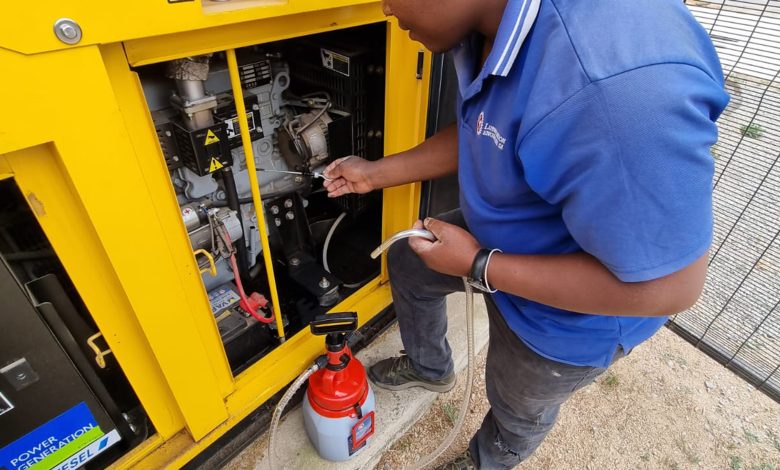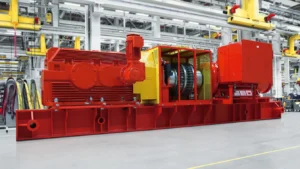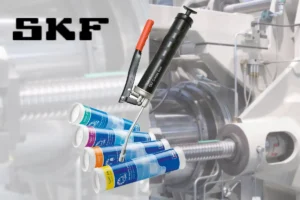While selecting the right lubricant for an application is key, how that lubricant is stored between applications is an often overlooked but critical aspect of reducing contaminants in machinery across a plant or site.
Correctly storing applicants is also an important environmental consideration, as improperly stored lubricants risk contaminating surrounding areas through leaks. In contrast, when lubricants are correctly stored, they last for much longer and supplies don’t need to be replenished because of waste; saving on the overall cycle of production, transportation and waste – all of which positively benefits the environment.
Lubrication storage is not an obvious priority for companies, but it should be. Lubrication Engineers (LE) South Africa’s National Marketing Manager Gavin Ford says that his team suggests a more systematic approach to clients that helps them to move away from lubrication storage and dispensing that is not as well thought out as it should be. “Some simple tools and intentionality can help with good asset reliability management,” he adds.
LE has found that a “major” contamination risk lies in ineffective lubrication management, especially storage and distribution. Ford says that this means 90% of all lubrication contamination occurs before the lubricant is ever applied to a component part.
One of the tools that LE recommends to mitigate this is its Xpel™ oil bulk storage containers, which have been designed to keep lubricants organised, clean and safe, ultimately making them more efficient and reliable.
A bulk storage solution can form part of a closed loop system that decreases risk at every stage of the lubrication management cycle, from taking delivery of a lubrication to storing it and applying it. By eliminating lubricant contamination before it happens, machinery lasts longer and lubrication schedules are more accurate. “The more the product can be exposed to the elements, the higher the risk of it being contaminated before it is applied to the machinery,” says Ford.
“We’ve seen how putting a lubrication storage process and system in place has helped our clients to make their lubrication management less messy and more effective, and how this has a ripple effect of needing to buy less lubricant, better overall productivity, less downtime and a reduced environmental impact,” says Ford.
Customisable, easy-to-follow systems
The Xpel™ bulk storage systems are customisable, modular and come in different sizes and configurations to cater to each particular environment. There are also various dispensing mechanisms available, such as gravity-fed dispensers and pressure-based dispensers, and the units are colour-coded for accurate lubricant identification. To add to the environmental benefit of incorporating them at a plant or site, they meet best practice guidelines and standards for fire safety and are built for spill control and durability.
LE also supplies smaller Xpel™ oil storage containers, which are the next link in the lubrication storage chain. “From the bulk dispensers, lubricants are decanted into specially designed containers, each with a specific shape and the same colour-coded system as the bulk units,” says Ford.
The colour-coding forms a system within the system, as following a red route, for example, will mean that only lubricant from the red bulk tank should be decanted to the red storage container, and applied it to the machine marked with a red label. If the colours don’t match up, it quickly indicates an error. This ensures that the right lubricant is dispensed and eliminates the risk of lubricant cross-contamination from putting a product into a container that has previously held a different product.
In addition, all of the Xpel™ bulk storage systems come with top-mounted level gauges for easy and safe visibility of supply levels, as well as a retractable cable reel grounding kit and system earth lugs to mitigate static-electricity build up. They are suitable for storing machinery lubricating oils and glycol-based coolants and come standard with 110V single phase TEFC motors. Ford says that they can also be configured for other power supplies if needed. The storage containers are also available with a variety of nozzles, with or without a pump or hose, as required.
“We honestly believe that a full cycle lubrication management system is one of the most effective upgrades a company can make,” says Ford.







